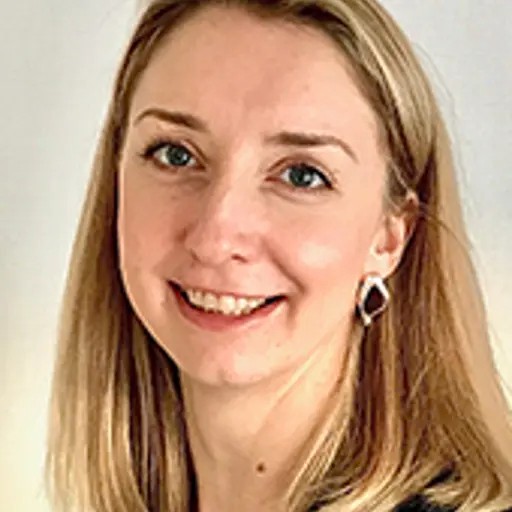The course syllabus contains changes
See changesCourse syllabus adopted 2021-02-16 by Head of Programme (or corresponding).
Overview
- Swedish nameBeräkningsmatematik, fortsättningskurs
- CodeMVE515
- Credits9 Credits
- OwnerTKSAM
- Education cycleFirst-cycle
- Main field of studyMathematics
- DepartmentMATHEMATICAL SCIENCES
- GradingTH - Pass with distinction (5), Pass with credit (4), Pass (3), Fail
Course round 1
- Teaching language Swedish
- Application code 58114
- Block schedule
- Open for exchange studentsNo
Credit distribution
Module | Sp1 | Sp2 | Sp3 | Sp4 | Summer | Not Sp | Examination dates |
|---|---|---|---|---|---|---|---|
| 0117 Examination 7.5 c Grading: TH | 7.5 c |
| |||||
| 0217 Laboratory 1.5 c Grading: UG | 1.5 c |
In programmes
- TKATK - ARCHITECTURE AND ENGINEERING, Year 3 (compulsory)
- TKSAM - CIVIL ENGINEERING, Year 3 (compulsory)
Examiner
- Irina Pettersson
- Head of Unit, Applied Mathematics and Statistics, Mathematical Sciences
Eligibility
General entry requirements for bachelor's level (first cycle)Applicants enrolled in a programme at Chalmers where the course is included in the study programme are exempted from fulfilling the requirements above.
Specific entry requirements
The same as for the programme that owns the course.Applicants enrolled in a programme at Chalmers where the course is included in the study programme are exempted from fulfilling the requirements above.
Course specific prerequisites
MVE475 Introductory course in calculus, MVE450 Computational mathematics, MVE480 Linear algebra, MVE500 Series and derivatives in several variables.Aim
The aim of the course is to give, together with other mathematics courses, a general mathematical education which is as useful as possible for further studies and technical professional work. The course shall, in a logical and holistic manner, provide knowledge of numerical methods and computational mathematics which is necessary for further studies in Civil and Environmental Engineering.Learning outcomes (after completion of the course the student should be able to)
- apply Gauss, Green or Stokes theorem for the rewriting of partial differential equations in the weak form
- use software to solve partial differential equations using the finite element method (FEM)
- explain LU and QR factorization and use them to solve systems of linear equations and least squares adjustment arising in FEM
- analyze the complexity of an algorithm to compare different algorithms and to assess what is calculable. Specifically, understanding the difference in complexity between the discrete Fourier transform (DFT) and fast Fourier transform (FFT).
- using fast Fourier transform (FFT) for visualizing frequencies of a time signal, and the cut-off filter of time signals.
Content
- Short repetition of the 1D wave equation and heat conduction from the previous course.
- FEM 1D: rewriting of the 1D heat conduction and wave equation in weak form by using integration by parts. Description of FEM in 1D with piecewise linear elements.
- Area and volume integrals
- Repeat applications from other courses: the center of mass, inertia.
- Integral theorems in 2D and 3D (Gauss + Green + Stokes) motivated by integration by parts in higher dimensions.
- Application of integral theorems to rewrite PDEs in weak form: Poisson equation, heat conduction, wave equation.
- Boundary conditions: Dirichlet and Neumann, physical interpretation.
- FEM in 2D: start with the Poisson equation, then the heat conduction (combined with time-stepping).
- MATLAB PDE Toolbox.
- Numerical linear algebra: LU, QR, least squares approximation, spectral theorem, sparse matrices.
- FFT: time series, frequencies, short recap of Fourier series, discrete Fourier transform (DFT) with complexity n2, the FFT algorithm with complexity n log (n).
- Algorithms and complexity: What is computable? Compare FFT with DFT for large systems. Compare sparse and full matrices for large systems.
Organisation
Lectures, online quizzes and computer exercises with Matlab.Literature
James Stewart, Calculus. Early transcendentals, last edition, International Metric Version.
Timothy Sauer, Numerical Analysis., last edition, George Mason University. 2018.
Examination including compulsory elements
To pass the course it is required to pass these separate course modules: 7.5 hp on written exam (grade: 3,4,5), 1.5 hp computer exercise (grade: Pass / Fail)The course examiner may assess individual students in other ways than what is stated above if there are special reasons for doing so, for example if a student has a decision from Chalmers about disability study support.
The course syllabus contains changes
- Changes to examination:
- 2021-10-14: Location Location changed from Johanneberg to Halls at Lindholmen by moty
[2021-10-28 7,5 hec, 0117]
- 2021-10-14: Location Location changed from Johanneberg to Halls at Lindholmen by moty
